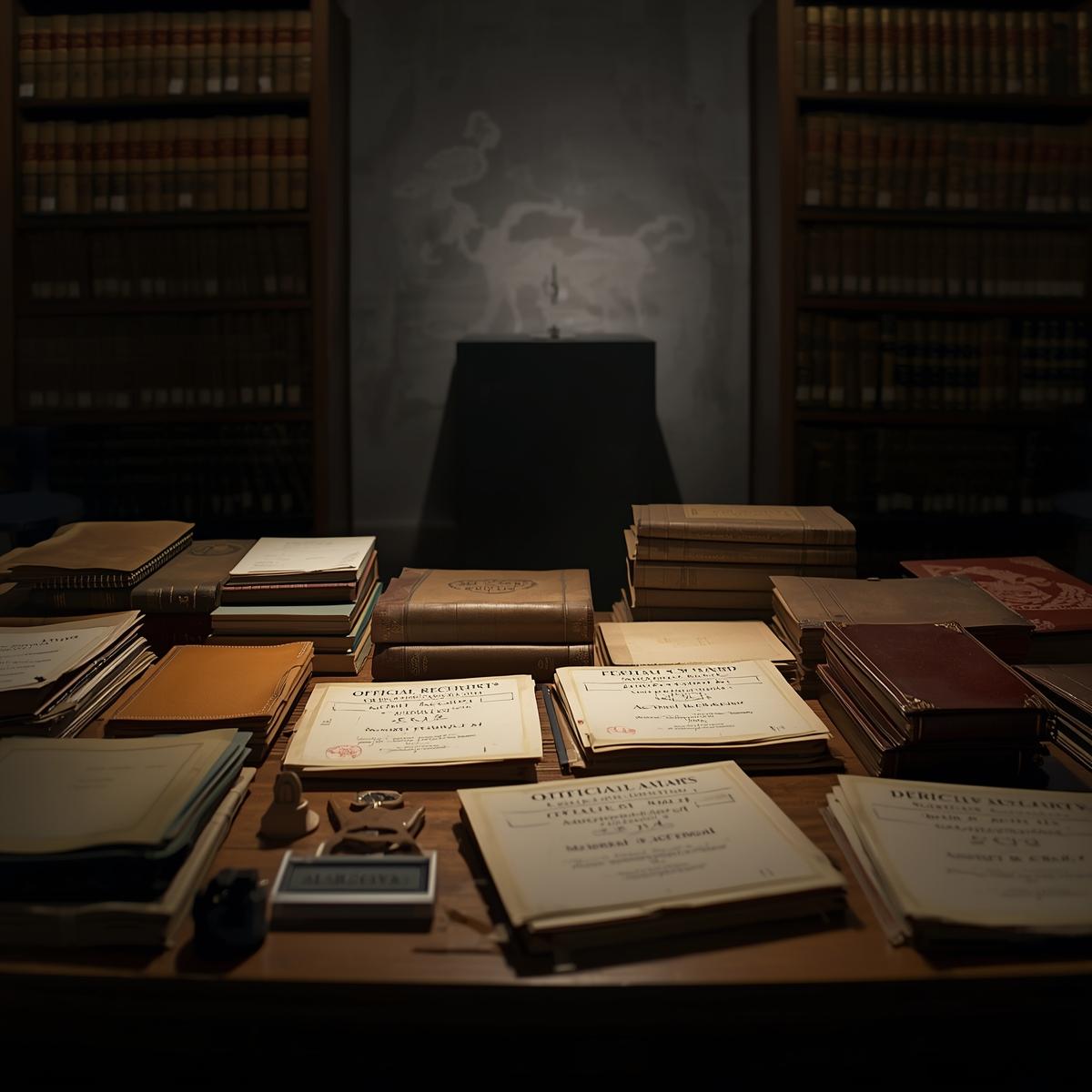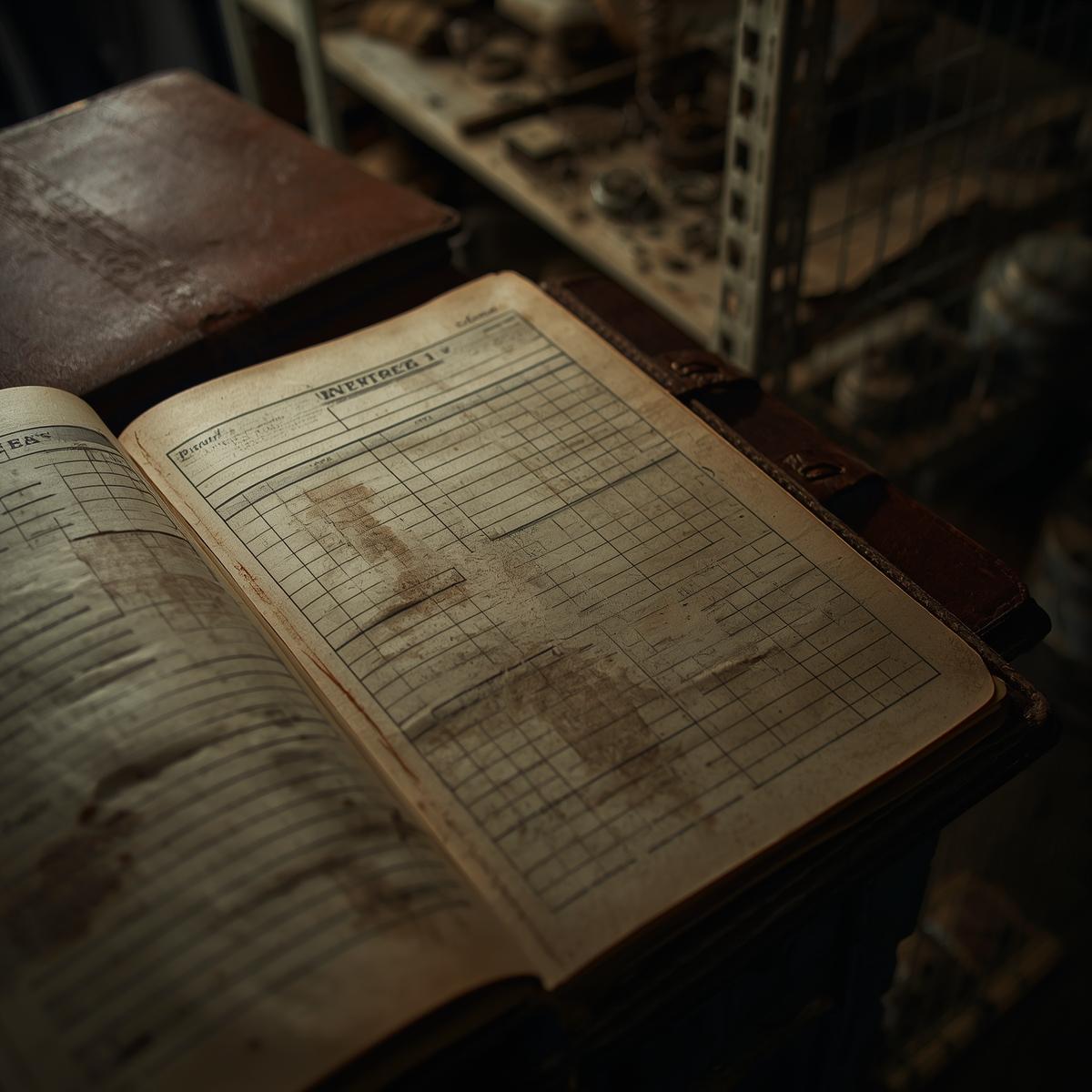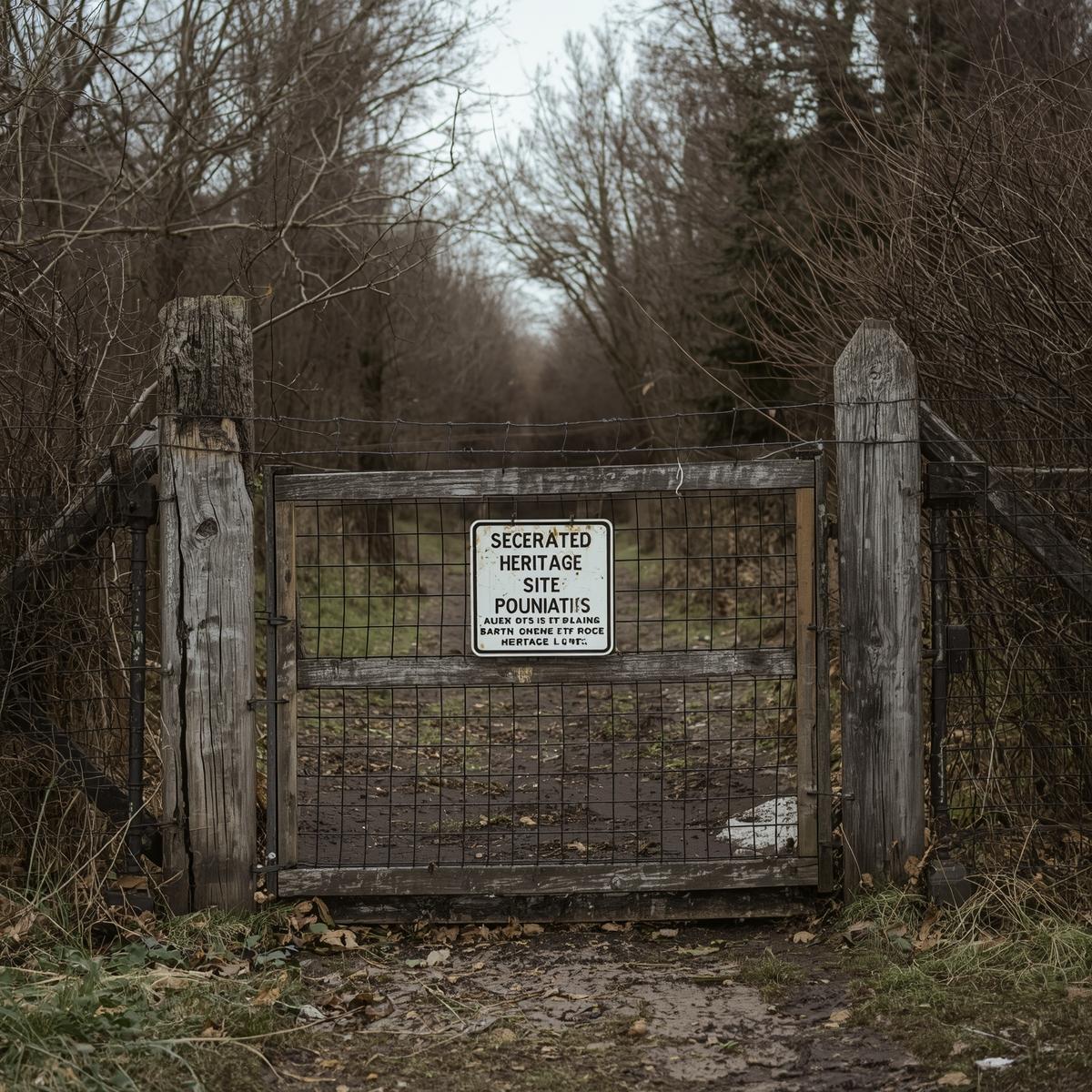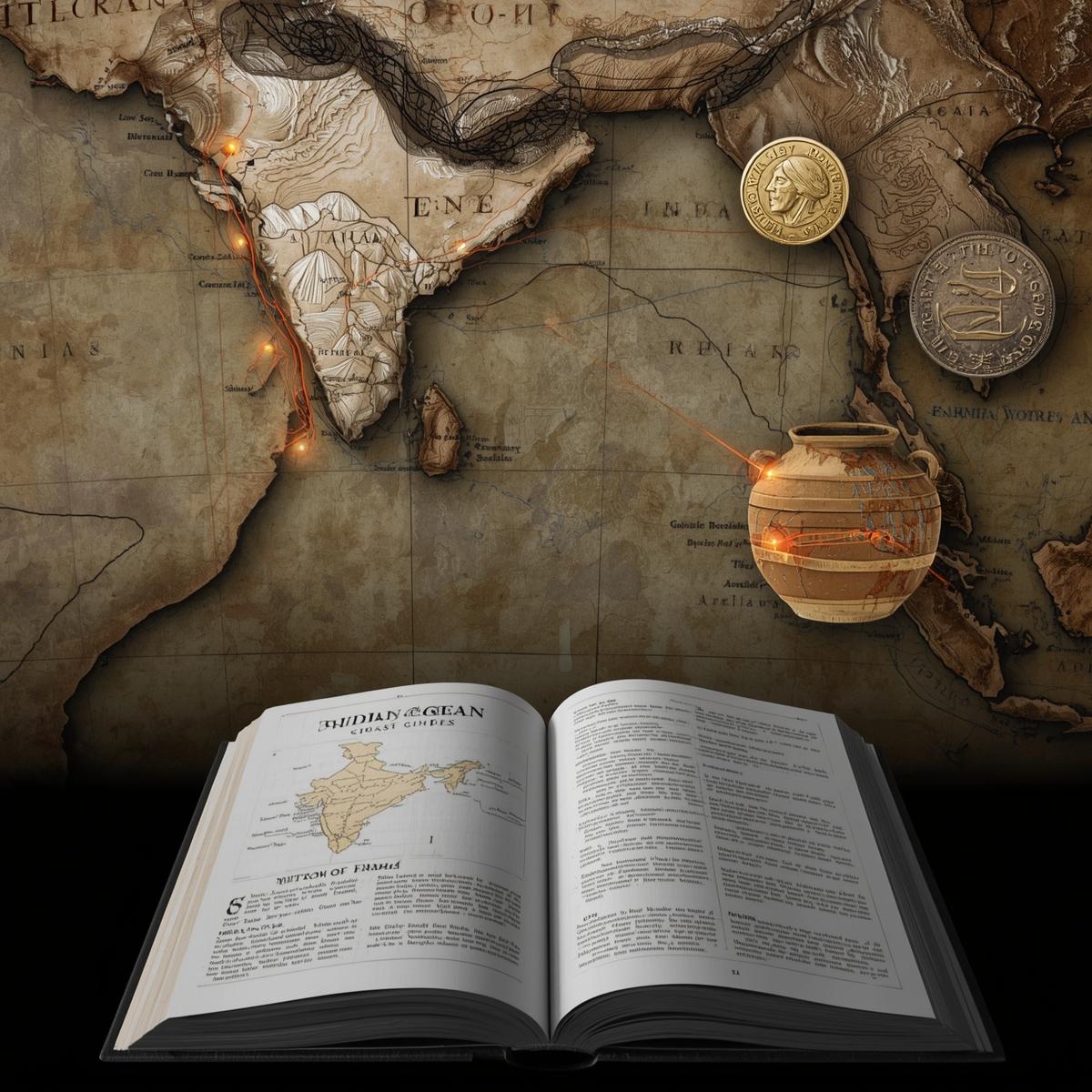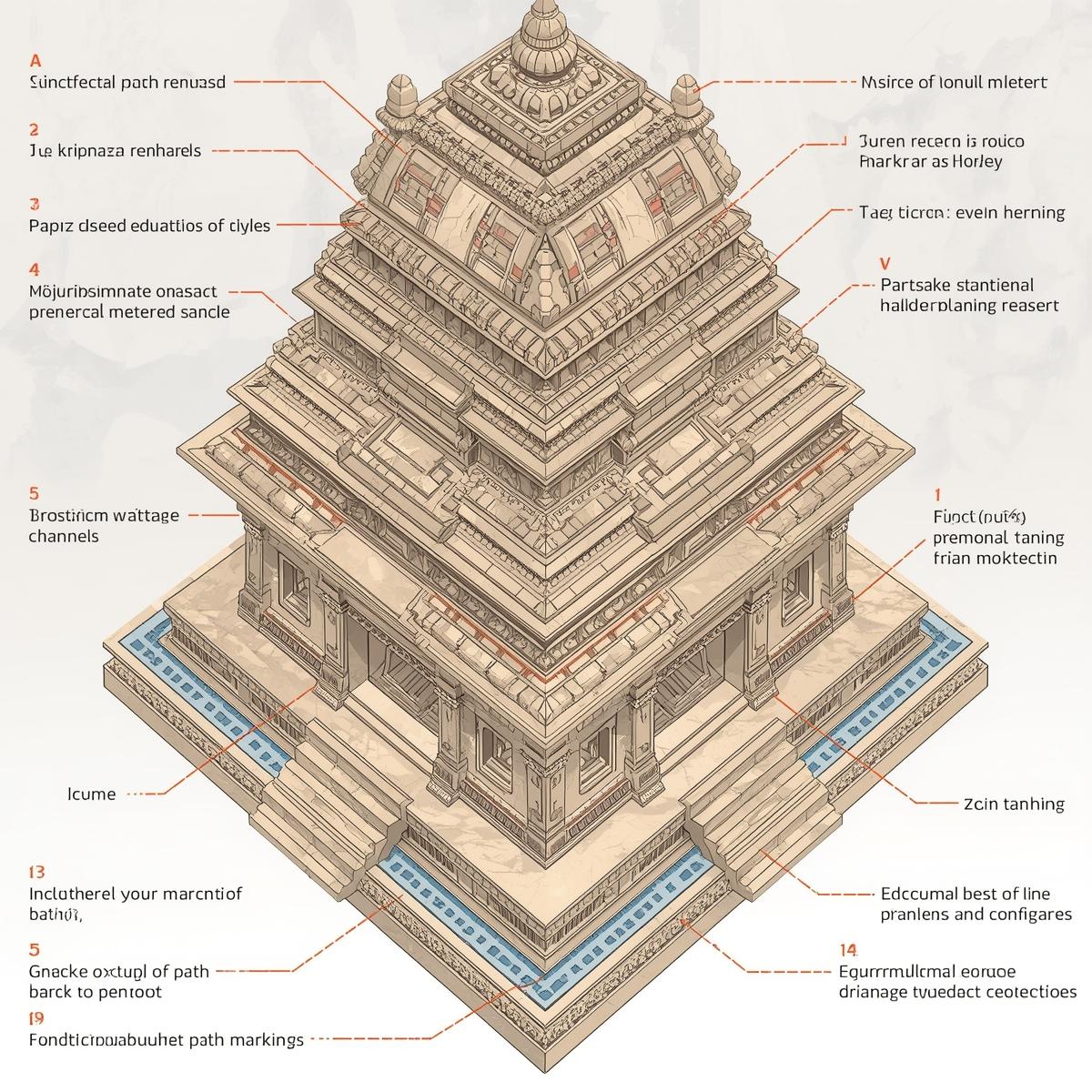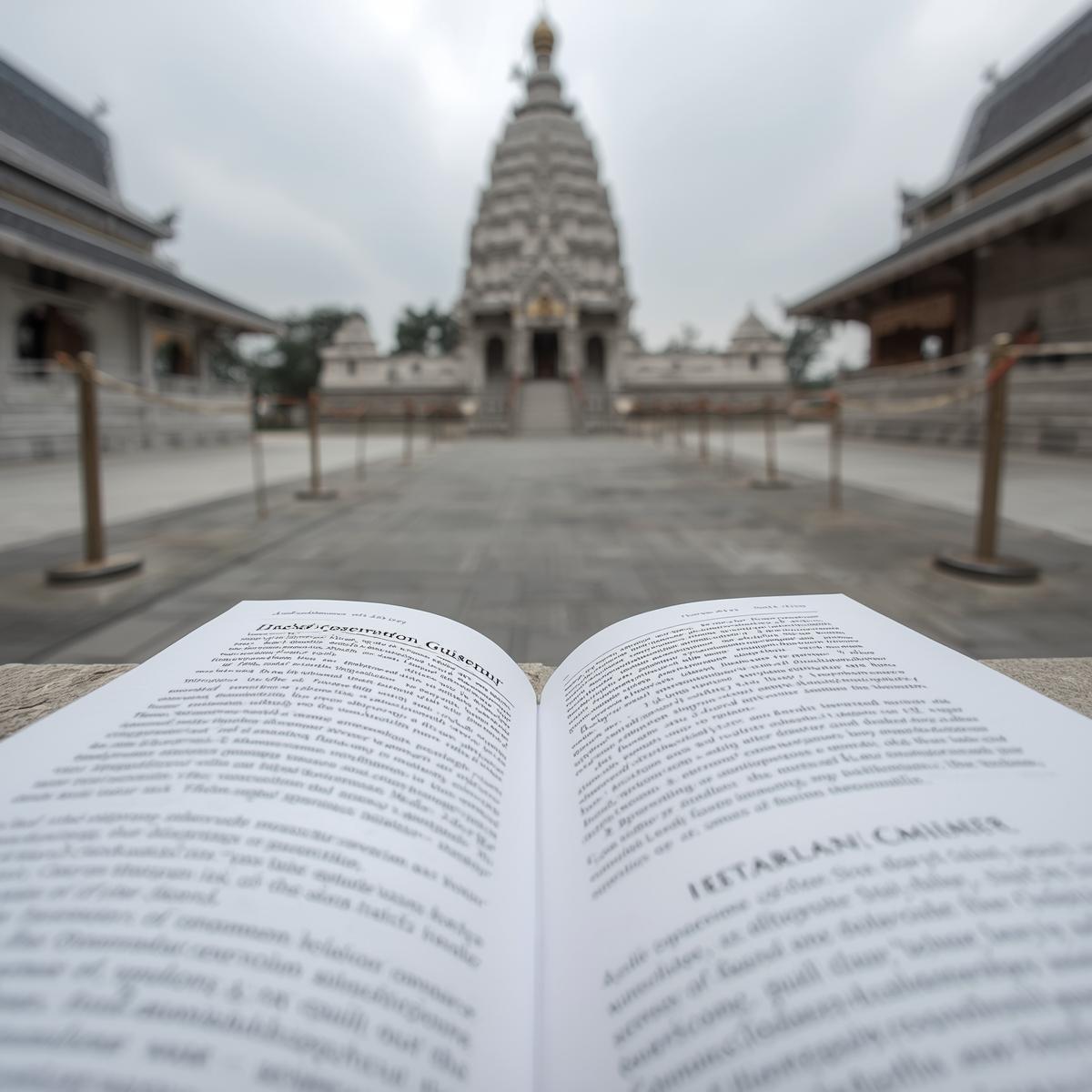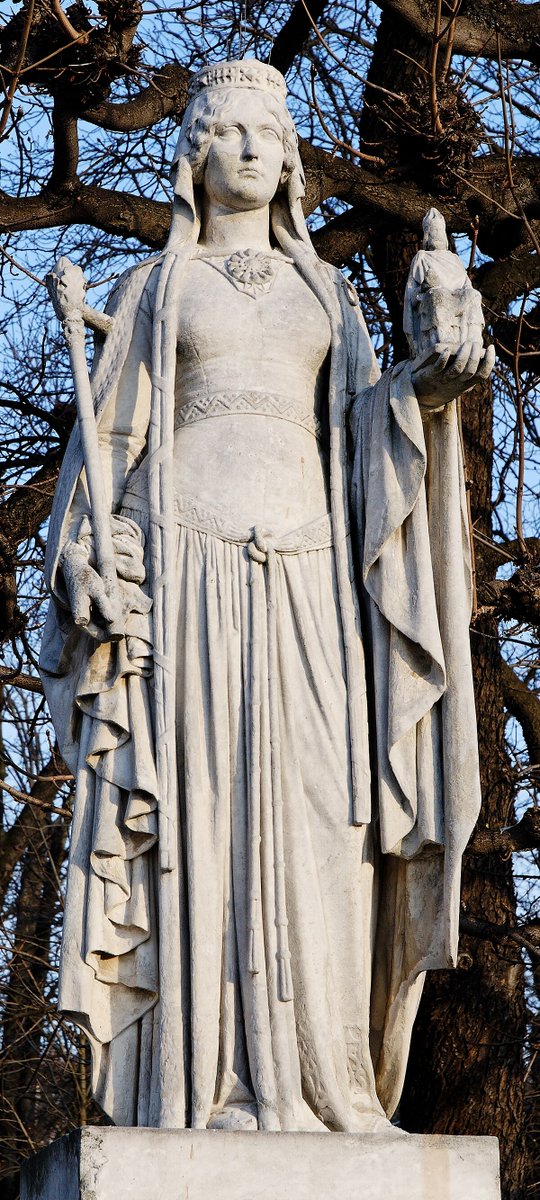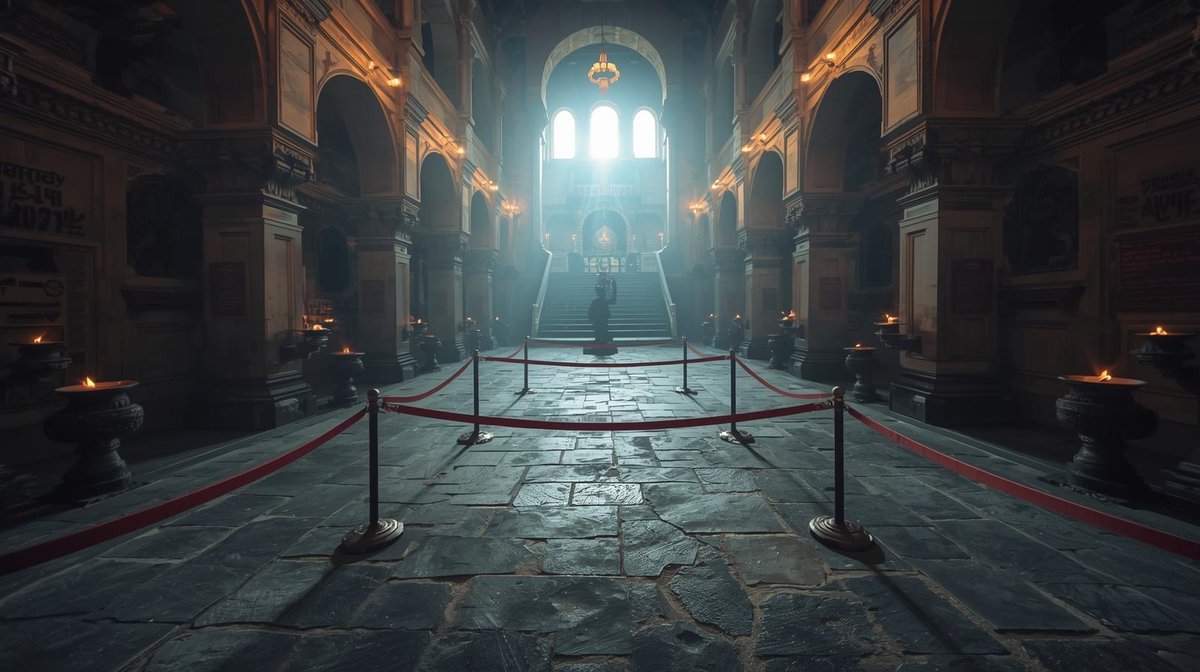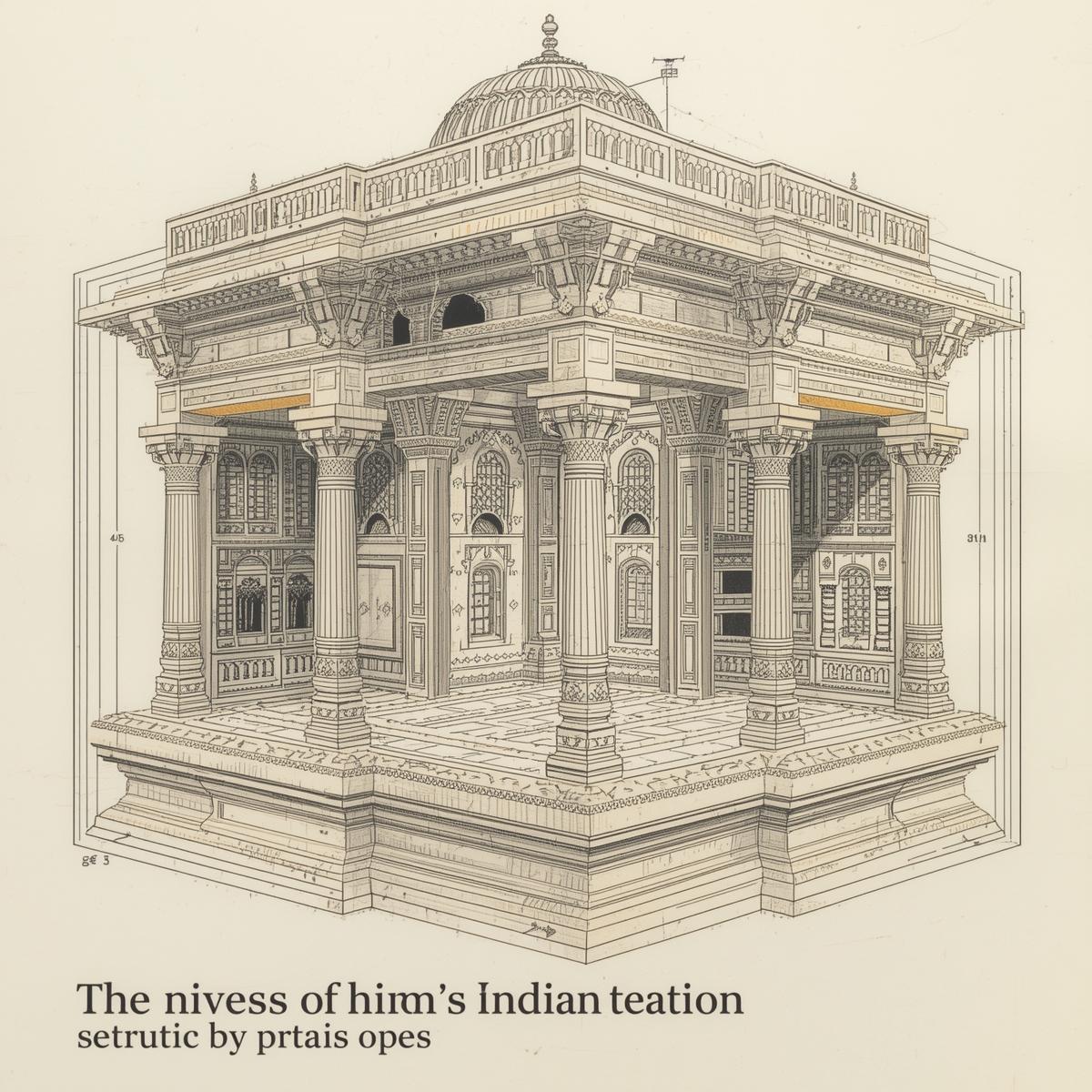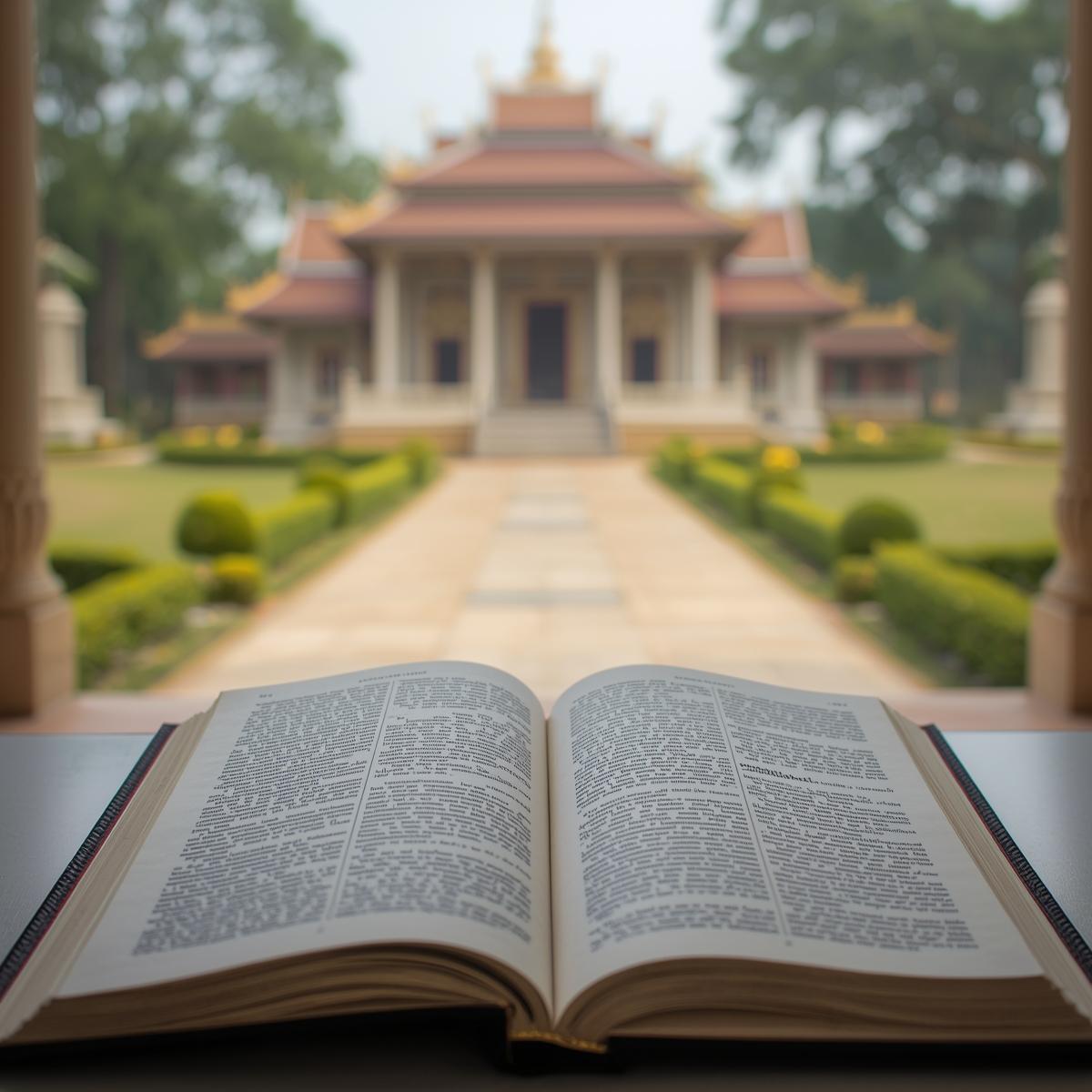Special & continuous #Thread
Buddha and Bodhisattva with Janeu debunking left hand theory that #Buddhism is not #Hindutva
Begin
This 9th-century plaque depicts the Buddha asking the earth to witness his enlightenment
#Archaeology #Janeu
1/n
Buddha and Bodhisattva with Janeu debunking left hand theory that #Buddhism is not #Hindutva
Begin
This 9th-century plaque depicts the Buddha asking the earth to witness his enlightenment
#Archaeology #Janeu
1/n

Khasarpaṇa Avalokiteśvara,
circa early 11th century, found spot: Mahākalī, Vikrampur, Dhaka district. National Museum of Bangladesh, Dhaka
2/
#Archaeology #Hindutva #Janeu
circa early 11th century, found spot: Mahākalī, Vikrampur, Dhaka district. National Museum of Bangladesh, Dhaka
2/
#Archaeology #Hindutva #Janeu
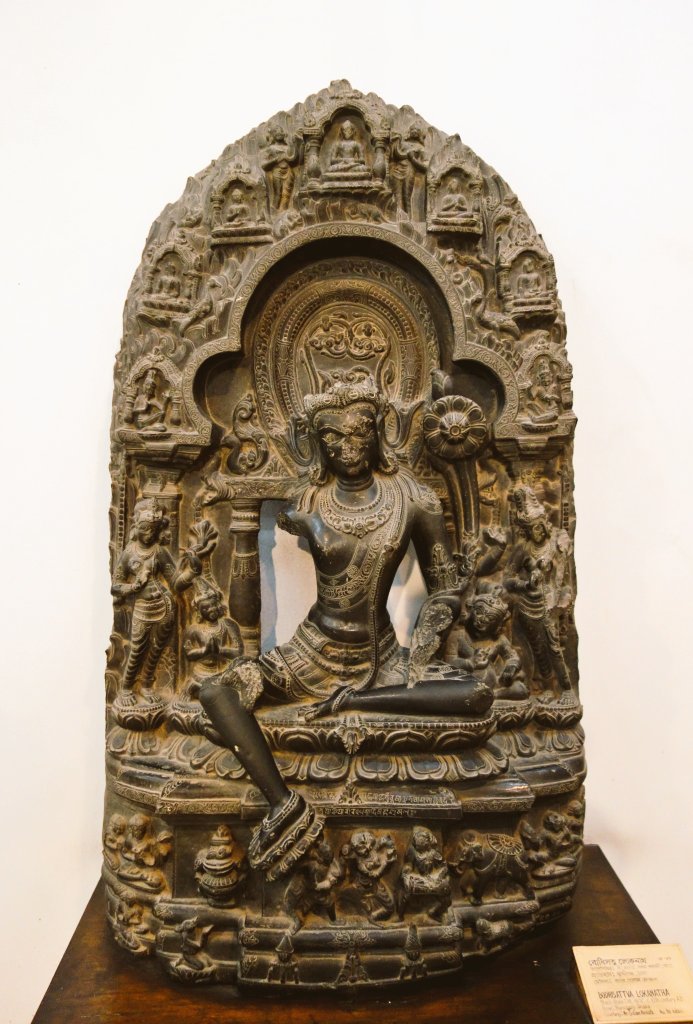
Buddha (Enlightenment)
circa 6th century, Sarnath, buff sandstone,
Donor.
senior monk Vandhugupta,
ASI Site Museum, Sarnath
#Archaeology #Hindutva #Janeu
3/


circa 6th century, Sarnath, buff sandstone,
Donor.
senior monk Vandhugupta,
ASI Site Museum, Sarnath
#Archaeology #Hindutva #Janeu
3/


Buddha Śākyamuni, chlorite schist, Gaya district (Kurkihar), circa mid-9th century.
Image:
#Archaeology #Hindutva #हिंदुत्व #Janeu
4/ lacma.org


Image:
#Archaeology #Hindutva #हिंदुत्व #Janeu
4/ lacma.org


Buddha Śākyamuni,
probably Kurkihar,
circa mid-9th century
Courtesy of Asian Art Museum of San Francisco
#Archaeology #Hindutva #हिंदुत्व #Janeu
5/
probably Kurkihar,
circa mid-9th century
Courtesy of Asian Art Museum of San Francisco
#Archaeology #Hindutva #हिंदुत्व #Janeu
5/

Buddha in bhumīṣparśa mudrā, Hasra Kol,
Bihar,
circa 10th century,
Patna Museum
#Archaeology #Hindutva #हिंदुत्व #Janeu
8/
Bihar,
circa 10th century,
Patna Museum
#Archaeology #Hindutva #हिंदुत्व #Janeu
8/

Avalokiteśvara with Tārā, Bhṛkuṭī, and Hayagrīva,
Nālandā,
circa late 10th century,
ASI Nālandā Site Museum
#Archaeology #Hindutva #हिंदुत्व
#Janeu
9/
Nālandā,
circa late 10th century,
ASI Nālandā Site Museum
#Archaeology #Hindutva #हिंदुत्व
#Janeu
9/

Buddha in bhumīṣparśa mudrā, Vikrampur, Dhaka district,
circa 11th century
National Museum of Bangladesh, Dhaka
#Archaeology #Hindutva #हिंदुत्व #Janeu
10/
circa 11th century
National Museum of Bangladesh, Dhaka
#Archaeology #Hindutva #हिंदुत्व #Janeu
10/

Khasarpaṇa from Mahākālī
house of Babu Bhuban Chandra Mitra in Nahapara,
image: N.K. Bhattasali, Iconography of Buddhist and Brahmanical sculptures in the Dacca Museum (1929), plate VII-a
#Archaeology #Hindutva #हिंदुत्व #Janeu
11/
house of Babu Bhuban Chandra Mitra in Nahapara,
image: N.K. Bhattasali, Iconography of Buddhist and Brahmanical sculptures in the Dacca Museum (1929), plate VII-a
#Archaeology #Hindutva #हिंदुत्व #Janeu
11/

Buddha sculpture from Antichak, India, ca. 11th–12th centuries. Bronze, h. 6.5 cm. Archaeological Survey of India Office, Patna, India
#Archaeology #Hindutva #हिंदुत्व #Janeu
13/


#Archaeology #Hindutva #हिंदुत्व #Janeu
13/


Sealing with Enshrined Buddha figure and ye dharmā verse (also called dharmā-relic verse or Buddhist formula), Bodhgayā, ca. 11th century. Cleveland Museum of Art, Cleveland, OH Image courtesy Artstor
#Archaeology #Hindutva #हिंदुत्व #Janeu
14/
#Archaeology #Hindutva #हिंदुत्व #Janeu
14/

The Buddha triumphing over Mara
850–950
India; probably Kurkihar, Bihar
Basalt
The Avery Brundage Collection
#Archaeology #Hindutva #हिंदुत्व #Janeu
15/ collections.asianart.org/collection/the…

850–950
India; probably Kurkihar, Bihar
Basalt
The Avery Brundage Collection
#Archaeology #Hindutva #हिंदुत्व #Janeu
15/ collections.asianart.org/collection/the…

Avalokiteśvara
Sri Lanka,
6th–7th century
Excavated from Khuan Saranrom, Phunphin district, Surat Thani province, southern Thailand, in 1961
National Museum, Nakhon Si Thammarat, Thailand
#Archaeology #Hindutva #हिंदुत्व #Janeu
17/
Sri Lanka,
6th–7th century
Excavated from Khuan Saranrom, Phunphin district, Surat Thani province, southern Thailand, in 1961
National Museum, Nakhon Si Thammarat, Thailand
#Archaeology #Hindutva #हिंदुत्व #Janeu
17/

Avalokiteśvara ?
Southern India, ca. 6th century
Recovered from Krishna River delta, Andhra Pradesh,
Victoria and Albert Museum, London
#Archaeology #Hindutva #हिंदुत्व #Janeu
18/
Southern India, ca. 6th century
Recovered from Krishna River delta, Andhra Pradesh,
Victoria and Albert Museum, London
#Archaeology #Hindutva #हिंदुत्व #Janeu
18/

Prajñāpāramitā, Goddess of Wisdom
Sri Lanka, probably Polonnaruwa,
ca. late 8th–9th century
Reportedly found in southern Thailand
Victoria and Albert Museum, London
#Archaeology #Hindutva #हिंदुत्व #Janeu
19/ resources.metmuseum.org/resources/metp…

Sri Lanka, probably Polonnaruwa,
ca. late 8th–9th century
Reportedly found in southern Thailand
Victoria and Albert Museum, London
#Archaeology #Hindutva #हिंदुत्व #Janeu
19/ resources.metmuseum.org/resources/metp…

The earliest Pyu images of the Buddha in Myanmar, and among the earliest ones in Southeast Asia as a whole, appear on the great silver reliquary that was the centerpiece of the Khin Ba relic chamber
#Archaeology #Hindutva #हिंदुत्व #Janeu
20/ resources.metmuseum.org/resources/metp…

#Archaeology #Hindutva #हिंदुत्व #Janeu
20/ resources.metmuseum.org/resources/metp…

Buddha Seated under the Bodhi Tree
Thailand (Buriram province, probably Prakhon Chai)
7th–9th century
#Archaeology #Hindutva #हिंदुत्व
21/
Thailand (Buriram province, probably Prakhon Chai)
7th–9th century
#Archaeology #Hindutva #हिंदुत्व
21/

Buddha Meditating Under the Bodhi Tree,
ca. 900 C.E. Granite, 69 1/2 x 31 1/2 x 18 1/2 in., 2357 lb. (176.5 x 80 x 47 cm, 1069.13kg). Creative Commons
Nagapattinam, Tamil Nadu, India
#Archaeology #Hindutva #हिंदुत्व #janeu
22/
ca. 900 C.E. Granite, 69 1/2 x 31 1/2 x 18 1/2 in., 2357 lb. (176.5 x 80 x 47 cm, 1069.13kg). Creative Commons
Nagapattinam, Tamil Nadu, India
#Archaeology #Hindutva #हिंदुत्व #janeu
22/

This Buddha’s sculpture found inside the Suryanarayan and Papanaseswara temples, Buddha can be seen seated under the Bodhi tree in Dhyanamudra (contemplating meditation), with an attendant’s sculpture carved above, below and on his left side.
10 th century
#Archaeology #Hindutva #हिंदुत्व #janeu
22/

10 th century
#Archaeology #Hindutva #हिंदुत्व #janeu
22/

This is probably the oldest proof of #Buddha wearing #Janeu
~1st century ce
National Museum Delhi
#Archaeology #Hindutva
23/


~1st century ce
National Museum Delhi
#Archaeology #Hindutva
23/


Avalokiteshvara Padmapani
Nagarjunakonda, Andhra Pradesh, India
DATES 3rd-6th century
23/
#Archaeology #Hindutva #janeu
Nagarjunakonda, Andhra Pradesh, India
DATES 3rd-6th century
23/
#Archaeology #Hindutva #janeu

Padmapani, the Lotus Bearer, is the most important of all bodhisattvas. Embodying compassion, he is the presiding deity of the present kalpa (eon).
Brooklyn Museum
Nepal
DATES 12th-13th century
24/
#Archaeology #Hindutva #janeu
Brooklyn Museum
Nepal
DATES 12th-13th century
24/
#Archaeology #Hindutva #janeu

26/
Mother Maya Devi wears a 'Janeu' while an attendant cradles Shishu Buddha in this sculpture from Bihar, 9th Century ce.

Mother Maya Devi wears a 'Janeu' while an attendant cradles Shishu Buddha in this sculpture from Bihar, 9th Century ce.
https://twitter.com/GemsOfINDOLOGY/status/1670470722232406016?t=WrQDeSH4N83sqFHO8VjbRA&s=19

27/
Isrumuniya lovers
4th -6th Century.A-D. Gupta style carving represent Dutugemunu's son Saliya wearing a #Janeu and the special class (Sadol Kula) maiden Asokamala whom he loved, in Anurâdhapura Museum, Temple d'Isurumuniya.- Sri Lanka.
#Archaeology
Isrumuniya lovers
4th -6th Century.A-D. Gupta style carving represent Dutugemunu's son Saliya wearing a #Janeu and the special class (Sadol Kula) maiden Asokamala whom he loved, in Anurâdhapura Museum, Temple d'Isurumuniya.- Sri Lanka.
#Archaeology

• • •
Missing some Tweet in this thread? You can try to
force a refresh








